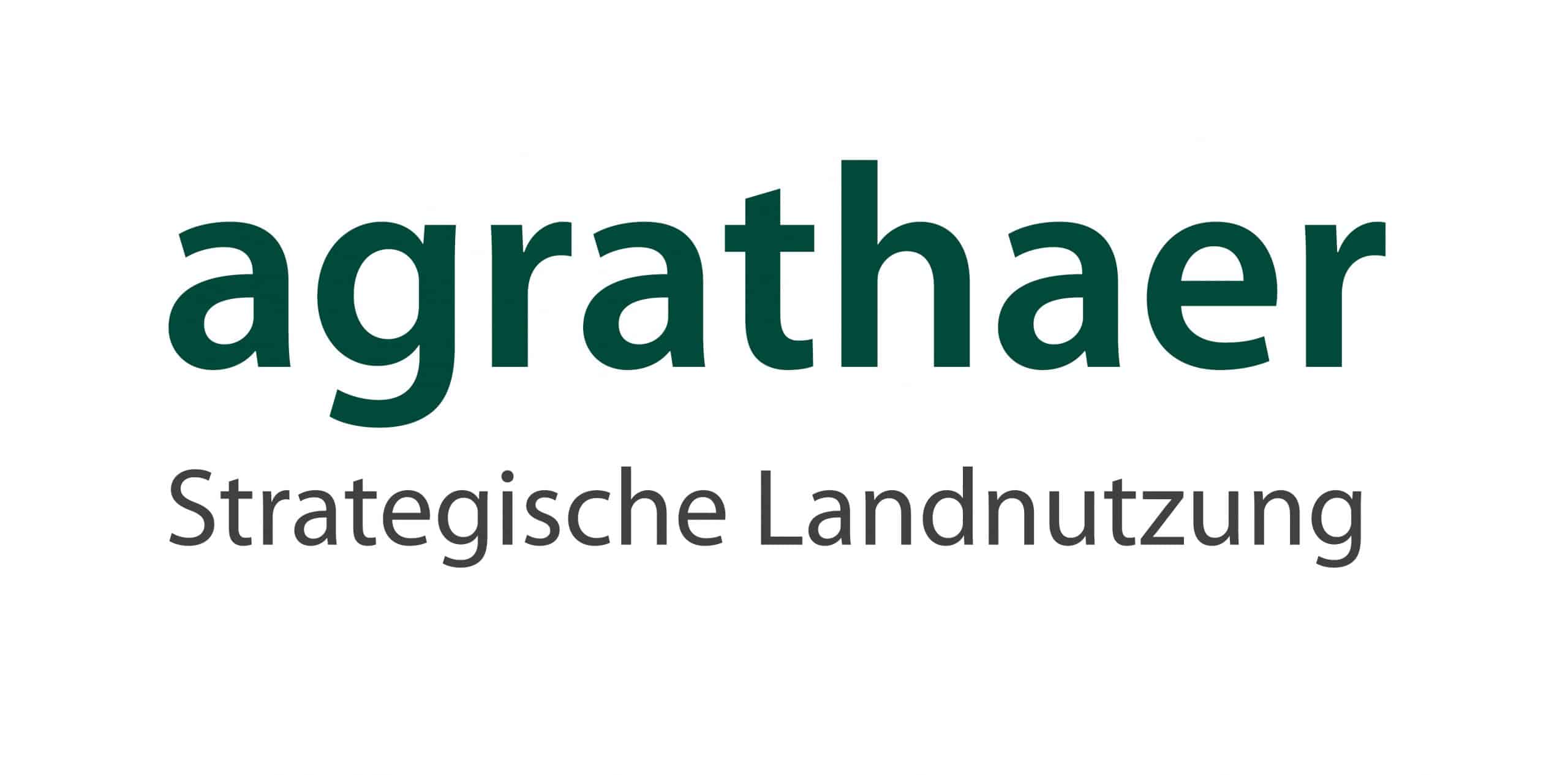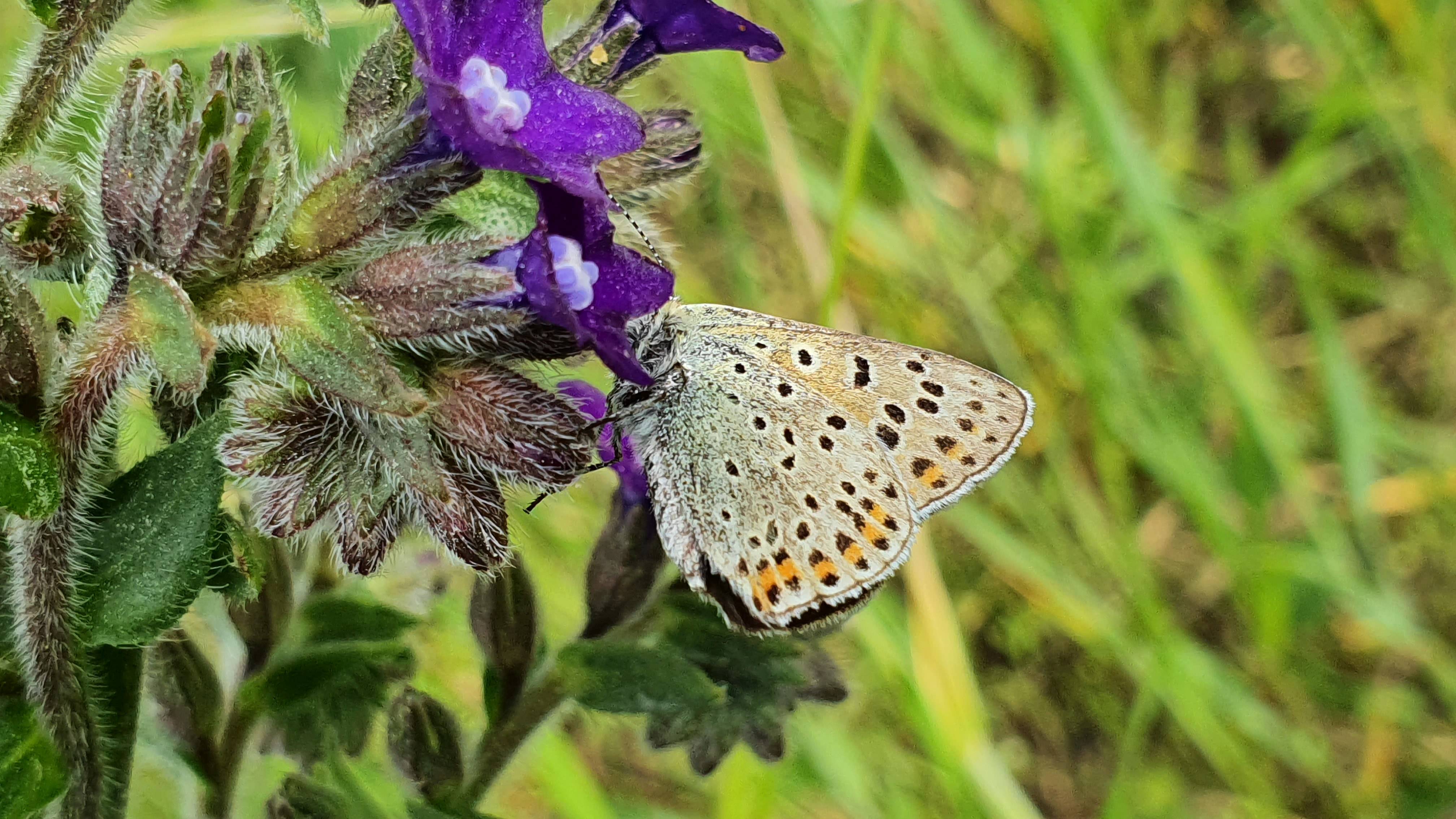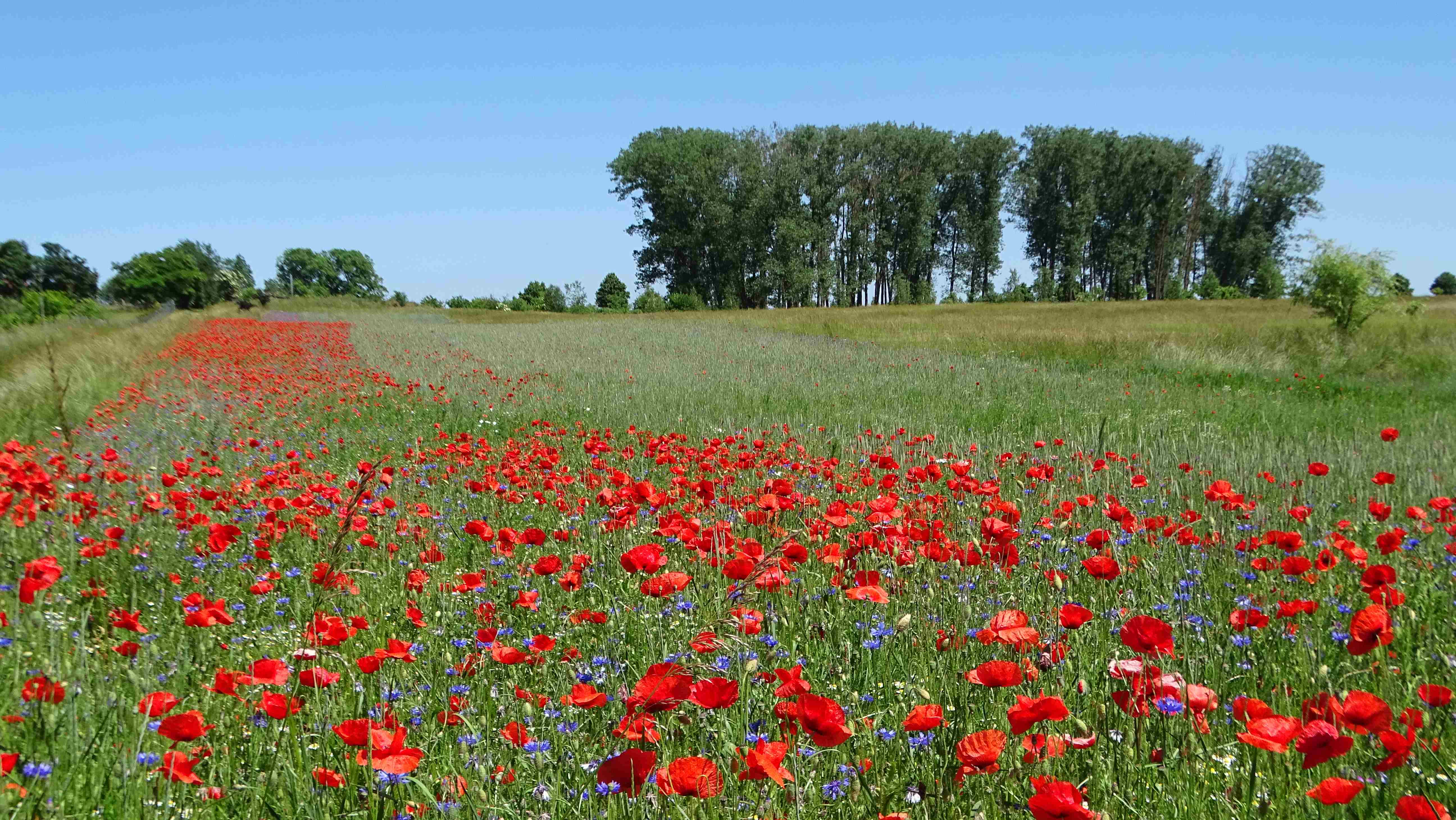Kornradenfeld Münchehofe
Extensive Farmland Münchehofe in the Flower Kingdom Märkische Schweiz
Completed
The main objective is to preserve the corn cockle, which is highly endangered throughout Germany, as an arable plant that can be preserved here in an autochthonous form for Märkische Schweiz. The area located on the outskirts of Münchehofe also serves to obtain seed rich in arable wild plants, which can be used for sowing on other extensive fields. A variety of benefits will accrue if the project can be financed.
Über das Projekt
Initial situation
Since March 2013, the planned project area on the edge of a larger and faunistically particularly valuable fallow field has already been cultivated as an extensive field. In 2019, the farmer agreed to continue the extensive cultivation within the framework of an AgoraNatura project from 2020 onwards.
Why here?
Since the beginning of the extensification measures in 2013, colourful, species-rich field wild herb stands have increasingly developed on the area. The development of the wild field weeds is promoted by extensive cereal cultivation without spraying and without mineral nitrogen fertilisers. Uncleaned cereal seed with a high proportion of grain radish seeds is used for sowing. Due to the small size of the area, its location on the edge of a large fallow field with grassland vegetation, and the heterogeneous soils with only low yield potential, the conditions for a very high nature conservation effect of the project area are very good.
What would happen without the project?
Without the project, the field would fall fallow or a more intensive and thus significantly more productive arable land use would be possible.
Only through the extensification measures listed below, which are necessary in addition to the usual arable measures such as soil cultivation, sowing and harvesting, can a species-rich and colourful flowering arable vegetation be guaranteed.
Above all, the renunciation of the use of plant protection products significantly improves the living conditions of arable wild plants.
The arable wildlife species diversity achieved since the beginning of the extensification measures can only be maintained and increased through additional financial support.
Both fallowing and more intensive arable land use would result in a significantly lower diversity of arable wild plants. In particular, the attractive flowering aspects with corn cockle, various poppy species, cornflowers and camomile could no longer be experienced.
Concrete measures
. no application of a mineral nitrogen fertiliser and no use of plant protection products.
. very extensive cultivation of the arable land (width about 20 m)
. winter cereal-based crop rotation with very low crop densities.
. up to 50% reduced sowing rate, uncleaned seed
. No mechanical weed control
. Stubble field phase until September and/or one-year partial fallow phases
. Maintenance fertilisation related to a grain yield < 3 t/ha with purely organic fertilisation
. Harvesting of grain with combine as uncleaned grain seed
. Leaving unploughed and unmown strips at the edge of the action area.
Protected species
The project area is the habitat of the specially protected skylark.
You invest in the following ecosystem services:
- Corn cockle
- Field Larkspur
Further important species: Mousetail, Common Ox Tongue
Particularly supported are- Diverse and endangered field wild herbs
Flowering apsects with poppies, coneflowers and camomile species in early summer.
- Skylark
- Whinchat
- Species-rich fallow fields with dry grassland in the marginal area
Poppy species, cornflower, camomile species, vetches, speedwell species (27 species in total)
Colour variety Red, Blue, White, PurpleCorn poppy, cornflower, camomile species, vetches
Special habitat structures- Partial area with undisturbed soil as hibernation habitat for wild bees
No use of insecticides
Per certificate: 0 - 0.5 kg nitrogen Ground water services (estimation/literature based value)
Total project: 0 - 110 kg nitrogen Ground water services (estimation/literature based value)
So everyone can experience the ecosystem service
- Pictures of the project are published annually on the online marketplace AgoraNatura.
- The area can be visited after arranging with the land user.
Documentation in the implementation phase
The project starts on 01.01.2020 and exactly goes 2years , provided all certificates have been sold.
You will be regularly informed about the progress of the project. For this purpose, the providers can provide short news, picture or audio material. The providers are obliged to report at least once a year whether everything went well with the implementation. If there are difficulties from your point of view, please contact us, the provider itself or the certification body.
Neuigkeiten
Report Kornradenfeld Münchehofe 2021 (02/22)
In 2021, the management measures were also documented as planned. Monitoring of the field vegetation and observations of the fauna were carried out.
In early summer 2021, after successful sowing in autumn 2020 with uncleaned rye seed, a variegated field vegetation developed. During the HNV transect mapping in May, numerous field weed species were again documented. The results show that the field has a very high natural value with 8 species along one transect. In total, the area has 13 HNV species. Rare or endangered field weeds such as corn cockle, field larkspur, field quail wheat or field black cumin were mapped in large numbers on the site. The dominant flower colours were red, blue and white.
In addition to skylarks, a protected butterfly species, the brown fire butterfly (Lycaena tityrus), was also observed during the survey in spring 2021.
After the harvest in summer, seedbed preparation took place at the beginning of October and grain sowing on 09.10.2021.
Report Kornradenfeld Münchehofe 2020 (01/22)
In 2020, the management measures were documented. For the first time, the field vegetation was monitored and observations of the fauna were made.
Cultivation took place without mineral fertilisers and pesticides. Harvesting took place at the beginning of August and cereal sowing with uncleaned winter rye seed took place in October 2020.
Due to the nature conservation-oriented management, a species-rich flora and fauna has developed. With 5 or 7 species per transect, the arable vegetation of the area has a very high natural value.
Whinchats, grey buntings and skylarks were observed. Variegated wild plants such as poppies, vetches, cornflowers and camomiles form a long-lasting and differently coloured flowering aspect and thus attract many pollinators.


















